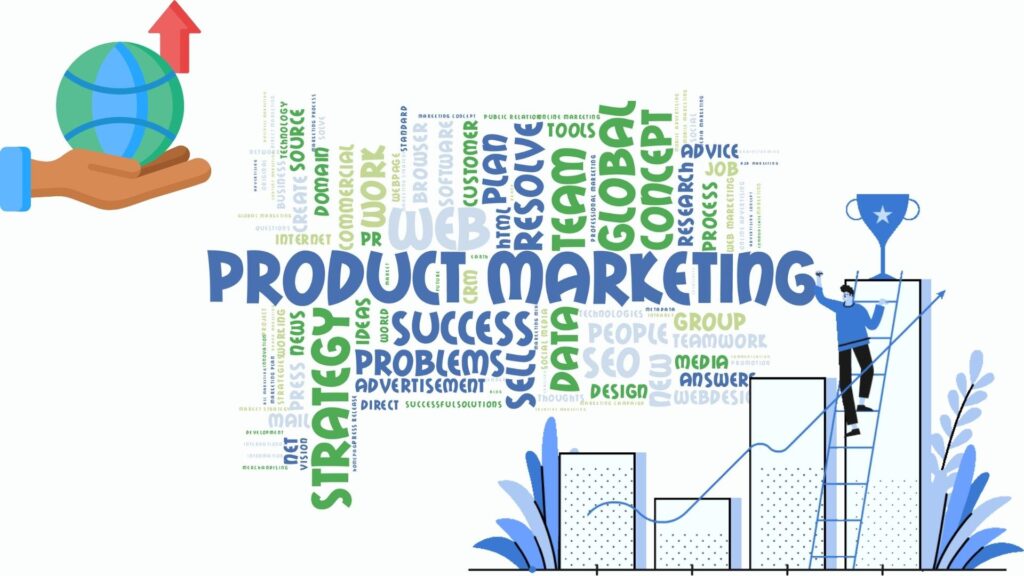With the help of design thinking, you can solve problems and advance toward your objectives. Problems in fields as diverse as business, education, and government can all benefit from this method, which relies on innovation and teamwork.
What are the steps involved in the design thinking process?
The answer to this question is problem- and context-specific, as the design-thinking procedure can take many forms. However, in general, design thinking entails the following steps:
- Understanding the problem or challenge: The first step in applying design thinking is to gain an appreciation for the nature of the problem or difficulty. This entails not only learning as much as possible about the issue at hand, but also hearing what people with vested interests have to say about it.
- Generating ideas: After identifying the issue or difficulty, the next step is to brainstorm potential solutions. Techniques like brainstorming and free-association can help with this.
- Selecting the best ideas: This requires assessing the ideas in terms of criteria such as their practicability, their potential impact, and how effectively they tackle the issue or difficulty at hand.
Examples of design thinking in action:
- Apple is renowned for its attention to detail and minimalist aesthetic in both product design and user experience. The iPhone, the iPad, and the Macbook all bear the hallmarks of Apple’s innovative approach to product design. Apple makes products that are not only aesthetically pleasing but also simple and natural to operate. Apple’s “to make things that are both beautiful and easy to use” design philosophy reflects the company’s commitment to the quality of its products’ user experience.
2. Google is another industry leader in user-centered design. Everything from Google Maps to Gmail to Google Search demonstrates Google’s commitment to design thinking. Google’s products are not only user-friendly, but also feature-rich. The company’s design philosophy, “to make things that are both beautiful and useful,” reflects Google’s commitment to the quality of its users’ experiences.
How has design thinking been used in real world situations and what the benefits
Numerous real-world applications of design thinking include the creation of new products, the revision of existing ones, and the enhancement of existing business procedures. It has applications in businesses of all sizes, from startups to multinational conglomerates. Using design thinking can help your company in many ways such as:
- Improved creativity and innovation
By encouraging creative problem-solving, design thinking encourages progress. It’s meant to get you to consider alternatives you might not have considered before. Your company may benefit from increased originality and innovation as a result of this.
- Enhanced problem solving skills
Using design thinking, you can think creatively about how to solve issues. It helps you consider issues from various vantage points and generate novel answers. This can make problem-solving easier and more efficient.



